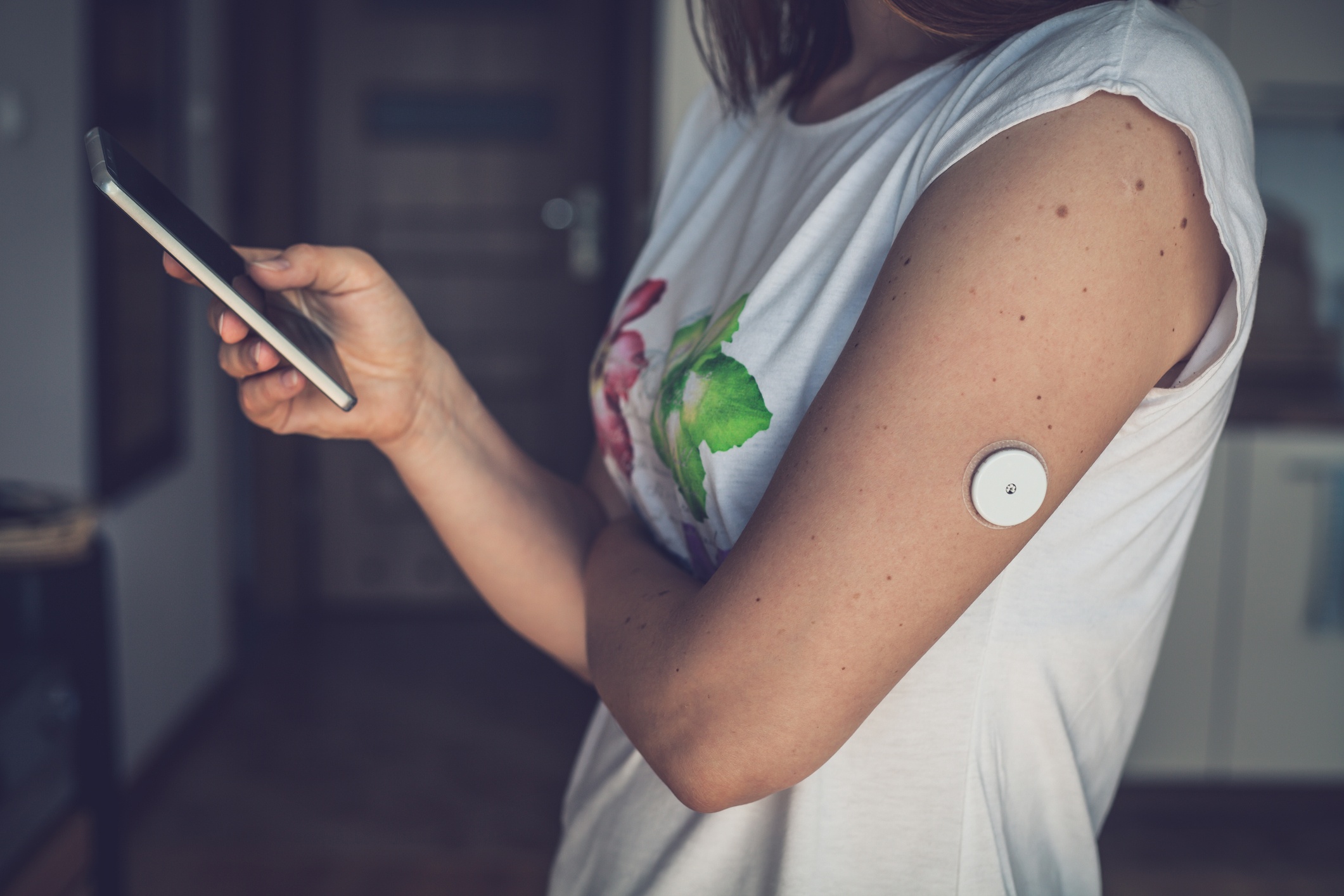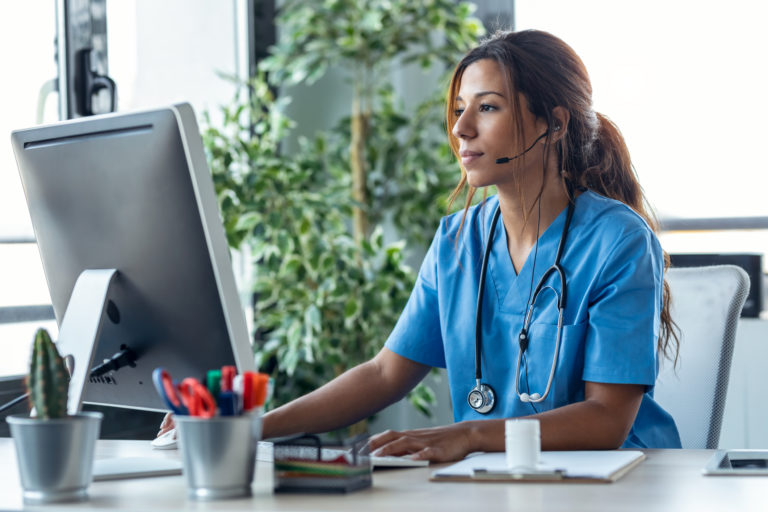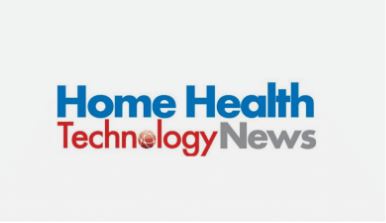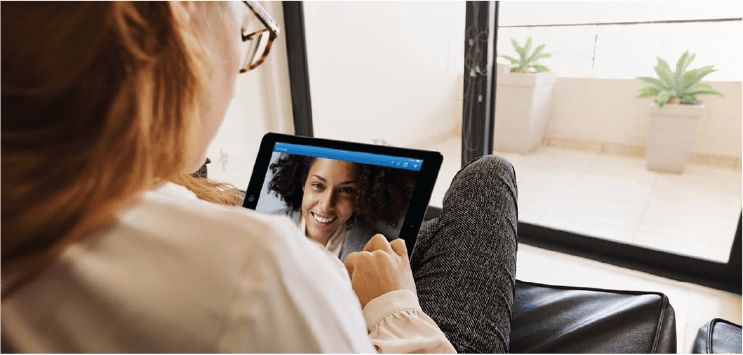Telehealth has long played an essential and integral role in keeping patients safe at home, but especially during public health emergencies — when the COVID-19 pandemic swept the world in early 2020. Using telehealth as a screening and assessment tool decreased COVID-19 exposure to patients and health center staff. Providers were able to conduct proper evaluations remotely to quickly determine if patients need to be seen in person, admitted into hospitals, or if they could be managed at home. Although some health centers used telehealth before 2020, many have since expanded their telehealth services to reduce patient and staff exposure to the Covid-19 virus, preserve personal protective equipment (PPE), and try to minimize the impact of patient surges and reliance on healthcare facilities.
Telehealth has also enabled safe, reliable, and convenient care, especially during the pandemic, by reducing health care barriers. Access has also proven to be an enduring issue in healthcare equity, which telehealth has been shown to improve. A major advantage of telehealth is eliminating the need to attend doctor’s appointments in person, by allowing patients to schedule virtual visits during a break at work or even outside of work hours. This is particularly beneficial for patients who have limited access to transportation, childcare, elderly care or support, or paid time off— all of which make frequent in-person visits to the hospital more challenging. Then there is also the question of time being spent in traffic or the waiting room, which is eliminated due to telehealth as it saves patients’ time and money on gas, parking and public transportations, and child/elder care costs. Telehealth is a convenient tool for patients living in rural or geographically challenging areas who have long travel times to access care in person. Telehealth and its other related support services in place of in-person care can save patient-related stress and expenses.
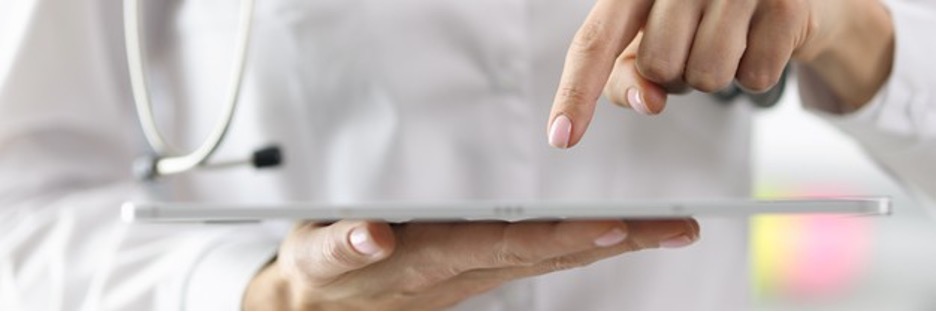
Ever since the pandemic started, the demand for telehealth and its support services has surged, spurring policy changes that have made telehealth services more accessible and manageable. Recent policy changes include HIPAA flexibility during COVID-19, telehealth waivers from the Centers for Medicare and Medicaid Services (CMS), temporary expansion of telehealth services during COVID-19, and cost-sharing for patients in federal health care programs. The Connect for Health act overcomes many of the telemedicine restrictions within the current statute (42 U.S.C. 1834(m)) including Medicare’s location-based reimbursement restrictions supporting telemedicine in alternate payment models.
Patients using and experiencing telehealth have had overwhelmingly positive reviews about their experiences. According to a 2021 survey from the COVID-19 Healthcare Coalition, nearly 80% of people used telehealth during COVID reported patient satisfaction. The survey also found that patients want telehealth and its support services available to them beyond the pandemic, with 70% expecting to utilize virtual care even after Covid-19 has passed.
Related: Remote Patient Monitoring Devices: A Lifeline for Care Continuity
Health care providers also report satisfaction with telehealth and its related support services. In November 2020, the COVID-19 Healthcare Coalition published their Telehealth Impact Physician Survey results and found that more than 75% of the surveyed physicians said telehealth allowed them to provide quality COVID-19 care, acute care, chronic disease management, emergency department follow-up, care coordination, preventative care, and mental and behavioral health care. The survey also found improved job satisfaction among 55% of the respondents, and more than 80% of respondents said that telehealth improved the timeliness of care for their patients.
Providers are satisfied with telehealth when and if the technology is reliable and easy to use, and if they can receive adequate reimbursement for its use. Health centers can now implement long-term telehealth programs to overcome any challenges that they may experience. Choosing the right solution is an important decision, with healthcare providers needing to evaluate and select a reliable telehealth technology that works for their unique needs. However, there have been reports that alf of the health care executives have reported that telehealth functionality or capacity had been their number one challenge during the early stages of the pandemic. While all have reported finding a solution for both audio or audio/visual telehealth programs, many have noted that Remote Patient Monitoring (RPM) has remained an ongoing challenge. RPM is emerging as an important sector of care that assist health care centers in addressing challenges beyond the scope of telehealth.

What is Remote Patient Monitoring (RPM)?
Remote Patient Monitoring is a form of telehealth that uses digital technologies to collect health or medical data from a patient (i.e., patient-generated data) in one location. It can then electronically transmit that detailed information securely to a healthcare provider in a different place to carry out assessment and recommendation. This allows health care providers to continuously track and monitor physiological medical data such as blood oxygen saturation, health rhythm, and blood pressure when the patient is or cannot be in the clinic. In addition, health centers are now using RPM to monitor patients’ chronic conditions or symptoms between clinic visits.
According to a new report by McKinsey & Company, remote patient care will account for about $250 billion (about 20%) of what Medicare, Medicaid and commercial insurers spend on outpatient, office and home health visits in the near future.
Types of Patient Monitoring Devices
RPM devices typically fall into two broad categories; continuous monitoring devices and intermittent monitoring devices.
There is a variety of RPM technology available, ranging from:
- Internet-connected versions of medical devices (blood pressure cuffs)
- New developments in the field of digital medicine systems (smart pills)
- Smartwatches or medical wearable devices
- On-body sensors like stickers and patches
- Connected garments that transmit biometric data
The latest advances in RPM technology are sophisticatedly non-invasive allowing for seamlessly tracking and monitoring patient data such as heart rate or medical activity levels. Patients can use medication-specific apps to receive automated medication reminders or messages via text messages, emails, voice reminders, or even video alerts on their smart phones. In addition, digital pillboxes can send medication reminders and transmit data to providers to inform them of prescription adherence.
Benefits of Remote Patient Monitoring
RPM is truly reshaping how care is delivered and offers numerous benefits across the continuum of care. By placing the patient front and center, it affords a truly personalized experience. Remote patient monitoring is instrumental in pushing care outside of hospitals and into the communities effective expanding the reach of quality healthcare. RPM can significantly improve patient outcomes by providing real-time care for post-surgical and chronic disease monitoring use cases, reduces post-surgical complications, decreases morbidity and mortality and reduces the length of stays.
From a financial standpoint, RPM interventions help hospitals free up precious resources such as beds, emergency room and ICU resources, reduces readmissions, prevents unnecessary hospital visits by patients and minimal upfront costs to set up.
Related: 7 Benefits of Telehealth and Remote Patient Monitoring on Health Outcomes
Implementing Remote Patient Monitoring (RPM)
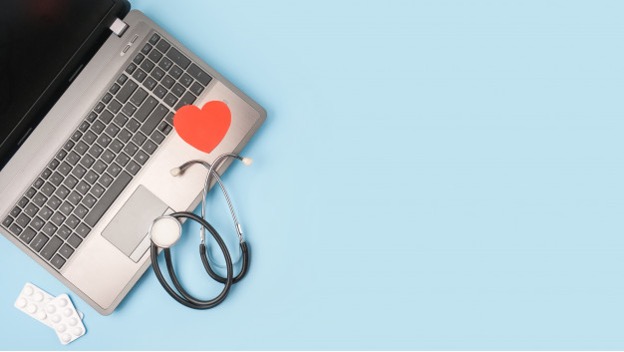
Stage 1: Planning an RPM Program
The planning stage is essential, both for the patient and the provider, as it allows for health care centers to identify the goals and details of the program, such as:
- The population of people that can or want to be served with the RPM program
- The RPM technologies which can be used
- Changes to staffing structures or workflows
- Means of medical data collection and evaluation process
Stage 2: Getting Started with the RPM Program
Before rolling out an RPM program, health care centers should create a technical implementation team to assess the organizational readiness and needs, and adequately define the RPM conceptual model. Implementation teams should include leads from different diverse medical departments, including clinical, finance, IT, and Quality Improvement team (QI). Once formed, the group will define the roles and outline schedules and timelines for patient deliverables. To assess organizational readiness, health care centers would identify program supports and barriers to determine the necessary attributes of RPM and obtain the technological requirement buy-in from the staff and partners. Defining the RPM conceptual model will include evaluating internal resources and the costs for providing RPM services and device management. The team would also explain the RPM project scope and implement it to deliver patient-related benefits.
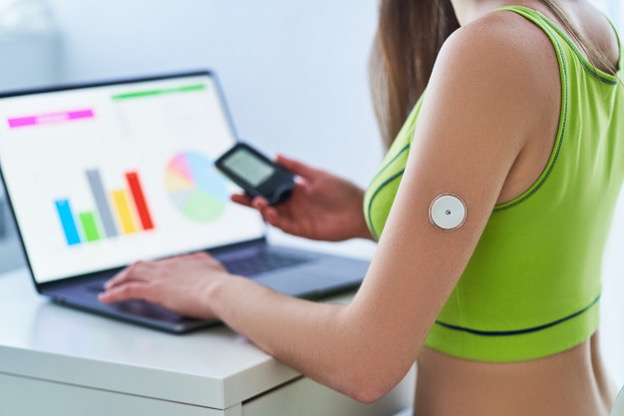
Stage 3: RPM Vendor and Device Selection
One of the essential steps in planning the RPM program is the technology vendor and device selection. Health centers need to increase accessibility and incentivize the design and use of evidence-based remote patient monitoring technologies. For example, user-centered design is crucial for RPM uptake and adherence. Reviewing and assessing the patient interface is also very critical. It is essential in any RPM intervention that patients can easily understand and use digital medical connected devices. Health care centers should consider and involve patients in all stages of the RPM program in planning and implementing, including device selection. Essential considerations in the RPM program also include:
- RPM technologies should be customizable to patients’ specific medical needs and requirements
- Training and support for all patients, tailored to patient ability
- RPM technologies can address the needs of all patients without disenfranchising financially disadvantaged populations, or those with low literacy or low technological literacy.
Stage 4: Considerations for Selection
There are six crucial and necessary variables for health care centers, which they should examine when it comes to the selection of vendors. It depends on their business scope, usability, information technology, customer service, security, and clinical validation. When selecting RPM technologies and vendors, health care centers should make choices based on their population’s specific needs and health requirements. For example, if a health care center’s patient population struggles with accessing and operating technology, health centers should ask targeted questions during vendor selection regarding the user interface, technology requirement, and the success rates across different patient groups and their socioeconomic status.
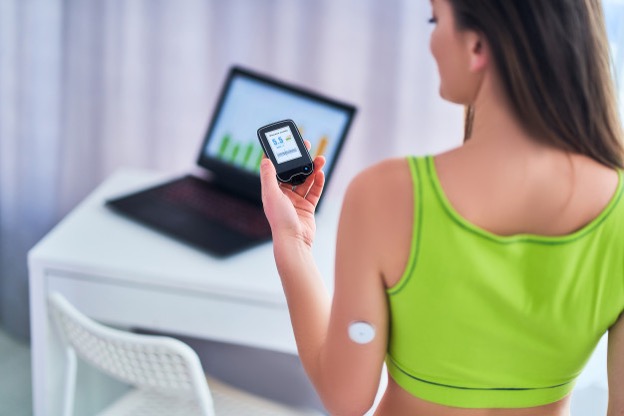
Stage 5: Validated Devices
The current list of connected health and RPM vendors is extensive and continually expanding. Health care centers should conduct their research to find out ROM technologies before implementation. Before seeking or selecting validated RPM technologies and rolling out a remote blood pressure device, it is essential to refer to the US Blood Pressure Validated Device Listing (VDL). This list describes such devices for use at home that has been validated for clinical accuracy by an independent review committee composed of experts and specialists in the blood pressure field and has assessed whether a blood pressure measurement device satisfies the validated device listing criteria or not.
Stage 6: Identifying Patients for Remote Patient Monitoring
When identifying a particular patient population for an RPM program, specific patient characteristics beyond just clinical eligibility should be considered. When outlining a patient enrollment prioritization process, health centers should consider important factors such as whether the patients have the necessary and adequate technological requirements for participation (adequate mechanism for data transmission), or even the prevalence of barriers that may limit access to regular medical care. Patient engagement and interaction with RPM may be influenced by the level of attention that patients have in care planning and the history of patients seeking opportunities for improvement in the conditions. Engagement for children and patients who are disabled or older may often depend on the presence of a caretaker or a medical support system at home. Patient unwillingness to use such technology as instructed may be another reason not to include a patient in the RPM program participation. For clear transparency, patients should request or access any health information collected and transmitted by the RPM technology.
Related: Ease of Use Driving Telehealth Adoption in 2021 and Beyond
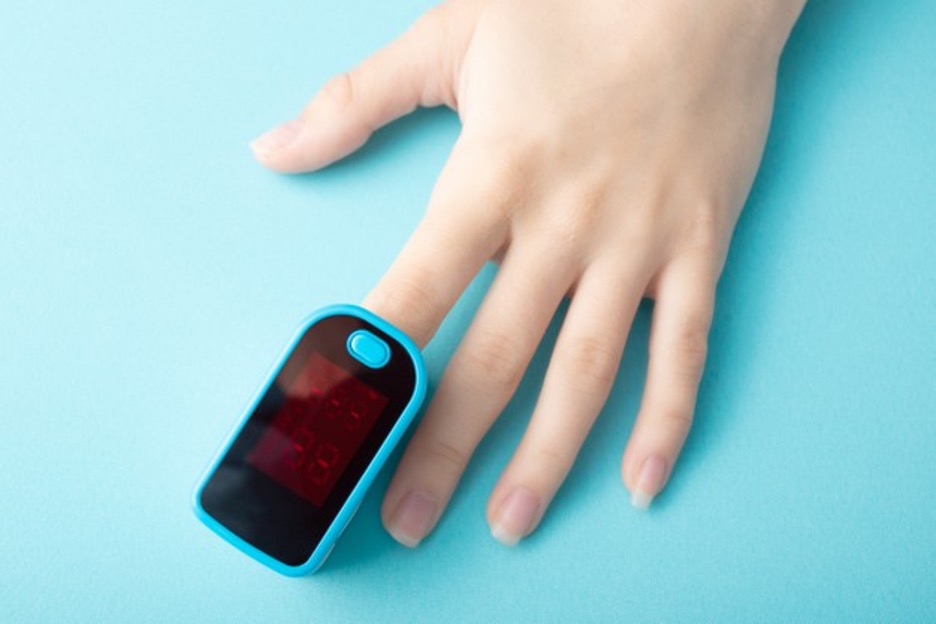
Stage 7: Implementation
During the implementation phase of an RPM program, health centers should align the RPM program with other initiatives such as quality control and reporting, chronic disease management, readying the staff and patient, and optimizing the RPM program on an ongoing basis to achieve your desired outcomes.
Stage 8: Aligning RPM Program with Organizational Initiatives
Health care centers should align RPM efforts with existing chronic disease programs and accelerate the use of digital patient-generated data. For example, health centers should consider funding a support acquiring home blood pressure monitors and provide staff time for the program’s sustained success. It would also be essential to ensure buy-in, ensure a good care team and community partner engagement to set goals and incentives, and create policy and protocol.
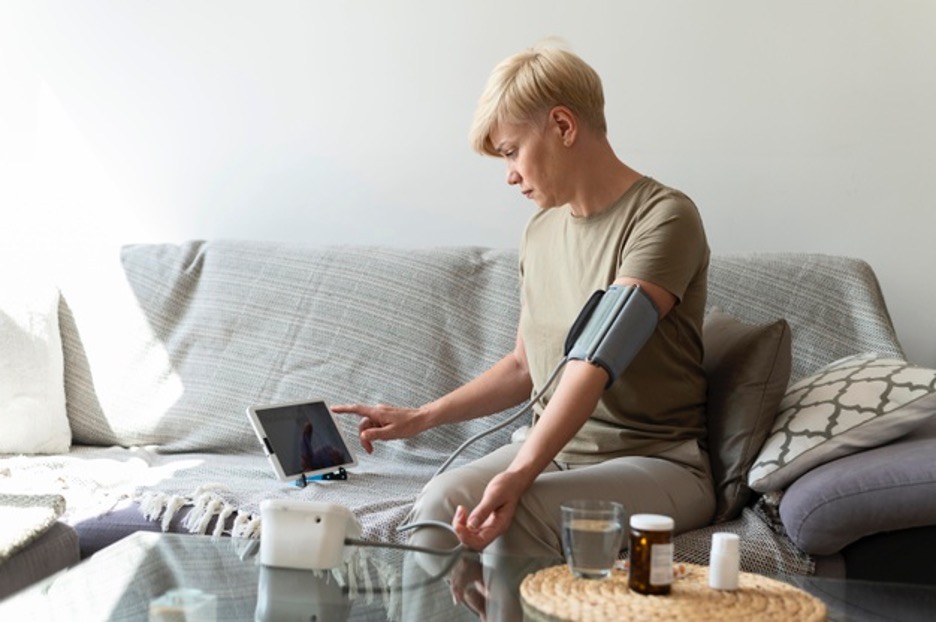
Using Uniform Data System (UDS), annual reporting would include a hypertension clinical quality measure. As a result of the Covid-19 public health emergency, performance on this measure in 2020 has been impacted for most health centers due to the disruption to routine in-person care. Instead, health care centers can use RPM to evaluate a patient’s blood pressure and collect the data from a remote patient monitoring device that the patient uses at home. It would then transmit the critical medical data to the health care center electronically and even into the EHR. In addition to providing continuity in hypertension monitoring, this would prevent unnecessary in-person visits and keep patients safe at home.
Stage 9: Readying Patients and Medical Staff for the RPM Rollout
For medical staff, operational and clinical processes should be adequately outlined, reviewed, documented, and taught. Workflows for referral, enrollment, and installation, team visits checklists, and internal and external communication plans can be good examples of operational processes that would be documented and routinely reviewed. Clinician buy-in is essential with NACHC and ASTHO. One key component for clinicians to understand that their hypertension patients get to control and become more engaged in their personal care. If staff capacity for new tasks is a limitation, then public health centers would have to help to fill the gaps. For example, health care centers can work with local medical schools of nursing, pharmacy, or public health centers to have medical students make outreach calls or provide ongoing education and support to patients using medical-connected devices to monitor and keep them engaged. These relationships should be formalized and closely maintained with the primary health care facility.
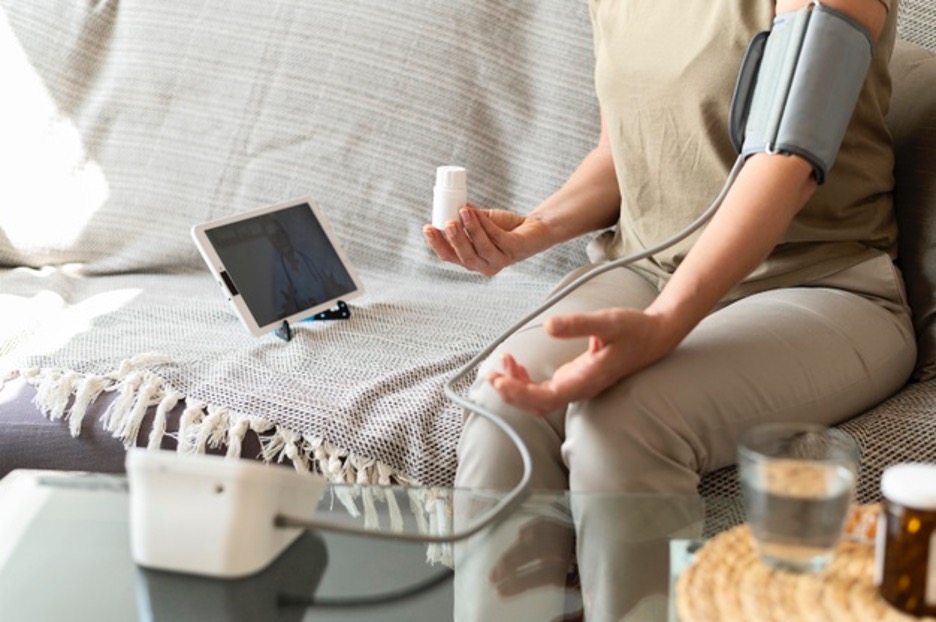
Stage 10: Successfully Enrolling Patients into the RPM Program
Successfully enrolling patients into the RPM program would require assessment and education to ensure that each patient can take accurate readings and understand the critical monitoring parameters. Suppose the health center has the human and material resources available. In that case, the best practice for the RPM installation, education, and ensuring that the patients are competent in using the medical-connected device is in-home installation.
During the pandemic, health centers have also been using video conferencing to ensure the smooth transition of the RPM program. This means that the health care center’s staff should meet with the RPM patients in their home to enroll the patient, install medical-connected devices and assure that the devices are working efficiently and adequately to take the readings. This in-home installation offers the opportunity to identify barriers to a patient taking a reading or towards the successful transmission of the RPM data.

